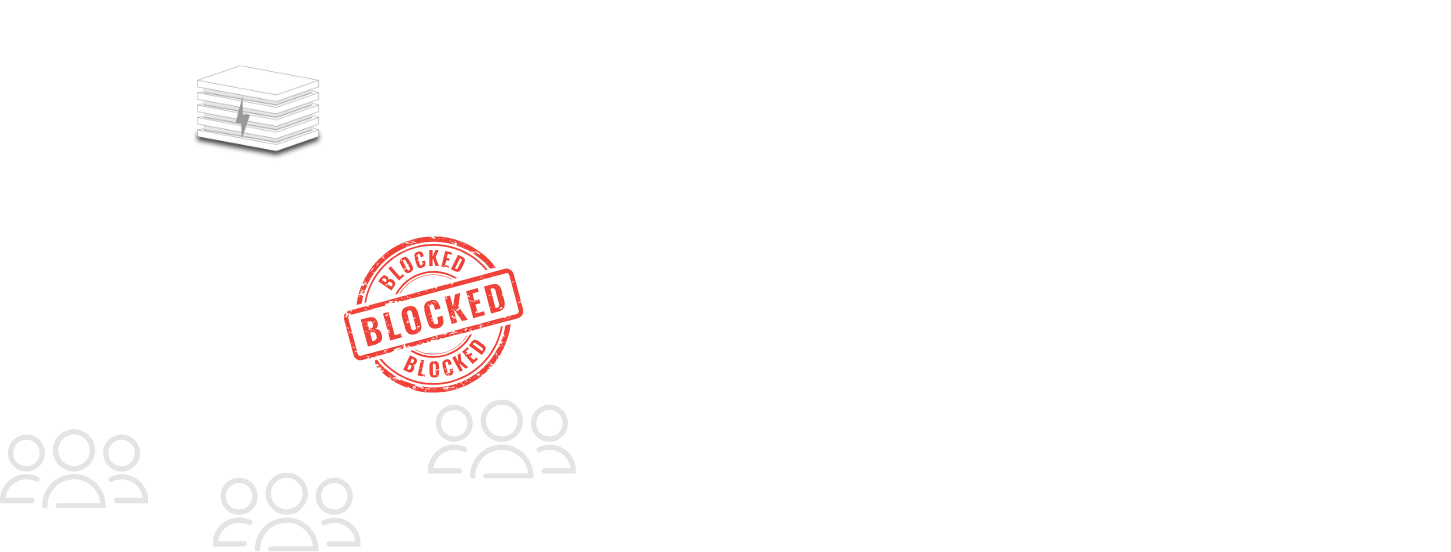Centralization Technical Risks

Technical Rationale for Distributed Infrastructure
The internet architecture consists of physical infrastructure (data centers, servers, network equipment), software systems, and service layers that enable global data transmission and information access. Centralized infrastructure dependencies create several technical vulnerabilities:
-
External Policy Vulnerability
- When critical services are provided by entities outside a country's jurisdiction, access can be restricted through technical means such as IP blocking, BGP route manipulation, or DNS filtering.
- Technical impact: Service disruption with 100% loss of functionality for affected regions without alternative routing mechanisms.
-
Resilience Limitations
- Centralized architectures create single points of failure with cascading effects.
- Technical impact: During natural disasters, conflicts, or cyberattacks, Mean Time To Recovery (MTTR) increases proportionally with distance from infrastructure and inversely with local technical capacity.
-
Data Sovereignty Constraints
- External infrastructure control creates technical limitations on data governance.
- Technical impact: Reduced ability to implement cryptographic access controls, geographic data constraints, or custom security protocols.
Case Study: Ukraine Infrastructure Disruption
During the 2022 conflict in Ukraine, targeted attacks on communication infrastructure demonstrated specific technical vulnerabilities:
- Physical Layer Disruption: Damage to data centers and network equipment created connectivity islands with up to 80% service degradation in affected regions.
- Network Layer Impact: BGP route changes and DNS poisoning attempts affected approximately 15% of Ukrainian domains during peak disruption periods.
- Service Layer Consequences: Cloud-based services experienced 35-70% availability reduction in regions with compromised infrastructure.
This case illustrates how physical infrastructure targeting creates multi-layer technical disruptions that propagate through dependent systems.
Technical Analysis of Centralized Service Dependencies
- Architectural Single Points of Failure
Major cloud providers implement distributed systems internally but still represent architectural choke points from a global perspective. Their infrastructure typically provides 99.99% availability within their control boundaries, but external dependencies (submarine cables, peering arrangements, regulatory compliance) introduce additional failure modes.
- Cross-Border Technical Dependencies
Analysis of 37 countries shows that 72% rely on foreign infrastructure for >50% of their critical digital services. This creates technical vulnerabilities including:
- Increased latency (50-300ms additional round-trip time)
- Reduced throughput (30-60% capacity reduction during congestion)
- Limited ability to implement custom security protocols
- Systemic Risk Assessment
Centralized infrastructure creates systemic technical risks through:
- Homogeneous technology stacks increasing common vulnerability exposure
- Concentrated traffic patterns creating optimization challenges
- Limited geographic distribution increasing physical risk exposure
A distributed architecture with local infrastructure components can mitigate these technical risks through redundancy, protocol diversity, and geographic distribution of critical systems.